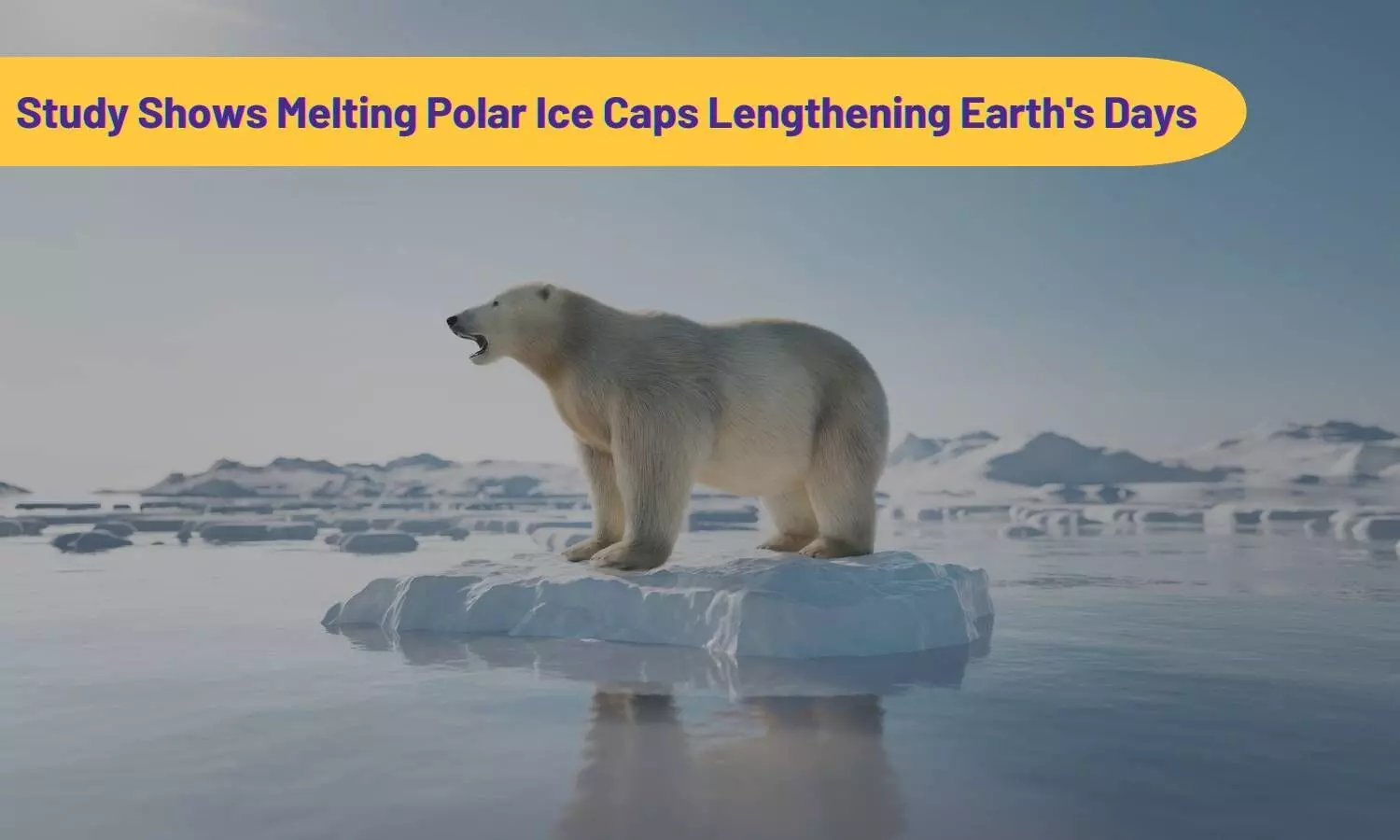Study Shows Melting Polar Ice Caps Lengthening Earth's Days
According to the new study, Earth’s shape bulges slightly at the equator due to everyday tides, tectonic movements, and seismic events.
image for illustrative purpose

A recent study published in the Proceedings of the National Academy of Sciences revealed that melting polar ice caps are slowing down Earth's rotation, leading to longer days.
Water flowing from Greenland and Antarctica into the oceans redistributes mass around the equator of the Earth. The planet's shape, described as an "oblate spheroid," slightly bulges at the equator due to daily tides, tectonic movements, and seismic events.
Scientists made use of advanced techniques like Very Long Baseline Interferometry to measure changes in Earth's orientation and day length. They also relied on precise Global Positioning System (GPS) data and historical eclipse records.
Currently, the Moon's gravitational pull, known as tidal friction, slows Earth's rotation by about 2.40 milliseconds per century.
The study suggests that under high greenhouse gas emissions, climate change could have a greater impact on day length than lunar forces by the end of the century.
Since 1900, climate change has lengthened days by approximately 0.8 milliseconds, and this could potentially rise to 2.2 milliseconds by 2100.
Precise knowledge of Earth's orientation is crucial for space missions like the Voyager probes exploring beyond our solar system.

